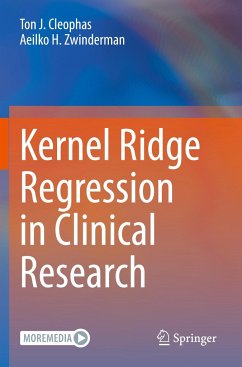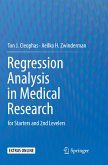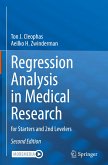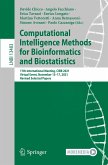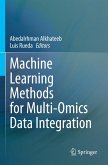IBM (international business machines) has published in its SPSS statistical software 2022 update a very important novel regression method entitled Kernel Ridge Regression (KRR). It is an extension of the currently available regression methods, and is suitable for pattern recognition in high dimensional data, particularly, when alternative methods fail. Its theoretical advantages are plenty and include the
kernel trick for reduced arithmetic complexity,estimation of uncertainty by Gaussians unlike histograms,corrected data-overfit by ridge regularization,availability of 8 alternative kernel density models for datafit.
A very exciting and wide array of preliminary KRR research has already been published by major disciplines (like studies in quantum mechanics and nuclear physics, studies of molecular affinity / dynamics, atomisation energy studies, but also forecasting economics studies, IoT (internet of things)studies for e-networks, plant stress response studies, big data streaming studies, etc). In contrast, it is virtually unused in clinical research. This edition is the first textbook and tutorial of kernel ridge regressions for medical and healthcare students as well as recollection / update bench, and help desk for professionals. Each chapter can be studied as a standalone, and, using, real as well as hypothesized data, it tests the performance of the novel methodology against traditional regression analyses. Step by step analyses of over 20 data files stored at Supplementary Files at Springer Interlink are included for self-assessment. We should add that the authors are well qualified in their field. Professor Zwinderman is past-president of the International Society of Biostatistics (2012-2015) and Professor Cleophas is past-president of the American College of Angiology (2000-2002). From their expertise they should be able to make adequate selections of modern KRR methods for the benefit of physicians, students, and investigators. The authors have been working and publishing together for 24 years and their research can be characterized as a continued effort to demonstrate that clinical data analysis is not mathematics but rather a discipline at the interface of biology and mathematics.
kernel trick for reduced arithmetic complexity,estimation of uncertainty by Gaussians unlike histograms,corrected data-overfit by ridge regularization,availability of 8 alternative kernel density models for datafit.
A very exciting and wide array of preliminary KRR research has already been published by major disciplines (like studies in quantum mechanics and nuclear physics, studies of molecular affinity / dynamics, atomisation energy studies, but also forecasting economics studies, IoT (internet of things)studies for e-networks, plant stress response studies, big data streaming studies, etc). In contrast, it is virtually unused in clinical research. This edition is the first textbook and tutorial of kernel ridge regressions for medical and healthcare students as well as recollection / update bench, and help desk for professionals. Each chapter can be studied as a standalone, and, using, real as well as hypothesized data, it tests the performance of the novel methodology against traditional regression analyses. Step by step analyses of over 20 data files stored at Supplementary Files at Springer Interlink are included for self-assessment. We should add that the authors are well qualified in their field. Professor Zwinderman is past-president of the International Society of Biostatistics (2012-2015) and Professor Cleophas is past-president of the American College of Angiology (2000-2002). From their expertise they should be able to make adequate selections of modern KRR methods for the benefit of physicians, students, and investigators. The authors have been working and publishing together for 24 years and their research can be characterized as a continued effort to demonstrate that clinical data analysis is not mathematics but rather a discipline at the interface of biology and mathematics.

